MỐI LIÊN QUAN GIỮA KÍCH THƯỚC KHE KHỚP TRÊN CỘNG HƯỞNG TỪ VÀ TRIỆU CHỨNG ĐAU KHỚP THÁI DƯƠNG HÀM Ở BỆNH NHÂN TMD
Nội dung chính của bài viết
Tóm tắt
Mục tiêu: Đánh giá mối liên quan giữa kích thước khe khớp trên phim MRI và tình trạng đau khớp thái dương hàm ở bệnh nhân TMD. Phương pháp: Nghiên cứu cắt ngang mô tả trên 50 bệnh nhân TMD người Việt Nam. Kích thước khe khớp trước, trên và sau được đo trên MRI tư thế ngậm hàm. Bệnh nhân được chia thành hai nhóm theo tình trạng đau khớp. Phân tích thống kê gồm kiểm định t-test và hồi quy tuyến tính đa biến. Kết quả: Nhóm có đau khớp có khe khớp trước nhỏ hơn đáng kể so với nhóm không đau (p = 0,005). Đau khớp là yếu tố độc lập liên quan đến sự thu hẹp khe khớp trước (β = –0,238; p = 0,002). Tuổi ≥ 30 có liên quan và là yếu tố ảnh hưởng độc lập ảnh hưởng đến sự giảm kích thước khe khớp trên (p = 0.009). Kết luận: Đau khớp có liên quan đến sự thu hẹp khe khớp trước trên phim MRI. Kết quả này cho thấy MRI có thể hỗ trợ đánh giá định lượng tổn thương liên quan đến đau trong bệnh lý TMD.
Chi tiết bài viết
Từ khóa
Rối loạn khớp thái dương hàm, Khe khớp, Cộng hưởng từ
Tài liệu tham khảo
2. Trize D de M, Calabria MP, Franzolin S de OB, Cunha CO, Marta SN. Is quality of life affected by temporomandibular disorders? Einstein (Sao Paulo). 2018;16(4):eAO4339. doi:10.31744/einstein_journal/2018AO4339
3. Yu W, Jeon HH, Kim S, Dayo A, Mupparapu M, Boucher NS. Correlation between TMJ Space Alteration and Disc Displacement: A Retrospective CBCT and MRI Study. Diagnostics (Basel). 2023;14(1):44. doi:10.3390/diagnostics14010044
4. Halstead J, Martín-Hervás C, Hensor EMA, et al. Association between clinical and MRI-detected imaging findings for people with midfoot pain, a cross-sectional study. Journal of Foot and Ankle Research. 2025;18(1): e70019. doi:10.1002/jfa2. 70019
5. Panchbhai A. Temporomandibular joint space. Indian Journal of Oral Health and Research. 2017;3:47. doi:10.4103/ijohr.ijohr_37_17
6. Lee YH, Hong IK, An JS. Anterior joint space narrowing in patients with temporomandibular disorder. J Orofac Orthop. 2019;80(3):116-127. doi:10.1007/s00056-019-00172-y
7. Ciancaglini R, Testa M, Radaelli G. Association of neck pain with symptoms of temporomandibular dysfunction in the general adult population. Scand J Rehabil Med. 1999; 31(1): 17-22. doi:10.1080/ 003655099444687


